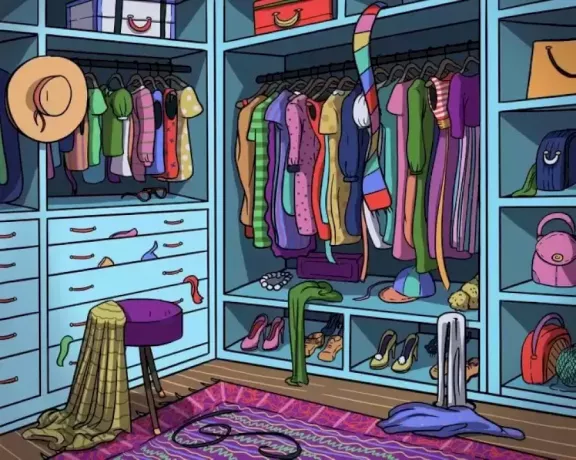four names of astronauts – Ross Brockwell, Kelly Haston, Nathan Jones and Anca Selariu – are present in a NASA mission patch, which points to the first human journey to Mars. The patch displays the names around a crimson landscape, under a starry dome, and features the name of the mission, CHAPEA 1.
However, the patch also includes a Latin inscription that piques curiosity. She says: "Ad Martus A Domo", which translated means "To Mars, from home". This indicates that the astronauts will leave for Mars, but will not leave the Johnson Space Center in Houston.
see more
Thai food restaurant faces lawsuit after customer suffers…
Public tenders: Federal Government authorizes the opening of more than 3…
The CHAPEA 1 mission, or Crew Performance and Health Exploration Analog, represents a NASA initiative to simulate the conditions and challenges of a stay prolonged on Mars.
In this mission, the participants, also known as “analog astronauts”, entered a space of 158 square meters, in order to remain there until July 7, 2024.
Crew members will live on Mars for 1 year!
During the next 378 days, the four volunteers selected for the CHAPEA 1 mission will live entirely in the habitat called “Mars Dune Alpha”, a 3D printed structure.

Photo: NASA
They will carry out all essential activities such as eating, sleeping and working within the habitat. The experience will be extremely immersive, simulating living conditions on Mars.
Crew members will have the opportunity to temporarily leave the main base. They will have the chance to explore the "Martian surface", which consists of a 1,200-square-foot sandbox filled with simulated regolith from Mars.
This activity will provide an experience as close as possible to the conditions found on the red planet, allowing analogue astronauts to test their spacesuits, their equipment and their techniques of exploration.
According to Suzanne Bell, head of NASA's Behavioral Health and Performance Laboratory, in Houston, the duration of the CHAPEA 1 mission is remarkable compared to other analogues carried out by the agency space.
Bell mentioned that previous missions such as HERA (Human Exploration Research Analog), lasted for 45 days.
However, the CHAPEA 1 mission will last for one year, which represents a very significant extended isolation. This longer approach will allow the collection of data valuable insights into the psychological and physical effects of prolonged isolation on a simulated space mission.
While the four CHAPEA 1 crew members may not be traditional astronauts, the selection process they went through was rigorous and comprehensive.
Like conventional astronaut candidates, they underwent physical and psychological tests to ensure their suitability for the mission.
Additionally, requirements to participate in the mission included possession of a degree in a STEM field (science, technology, engineering or mathematics), as well as relevant professional experience, whether in the field of piloting or in the military sector.
These criteria ensure that the crew is qualified and prepared to face the challenges and demands of the mission in question.
Lover of movies and series and everything that involves cinema. An active curious on the networks, always connected to information about the web.

